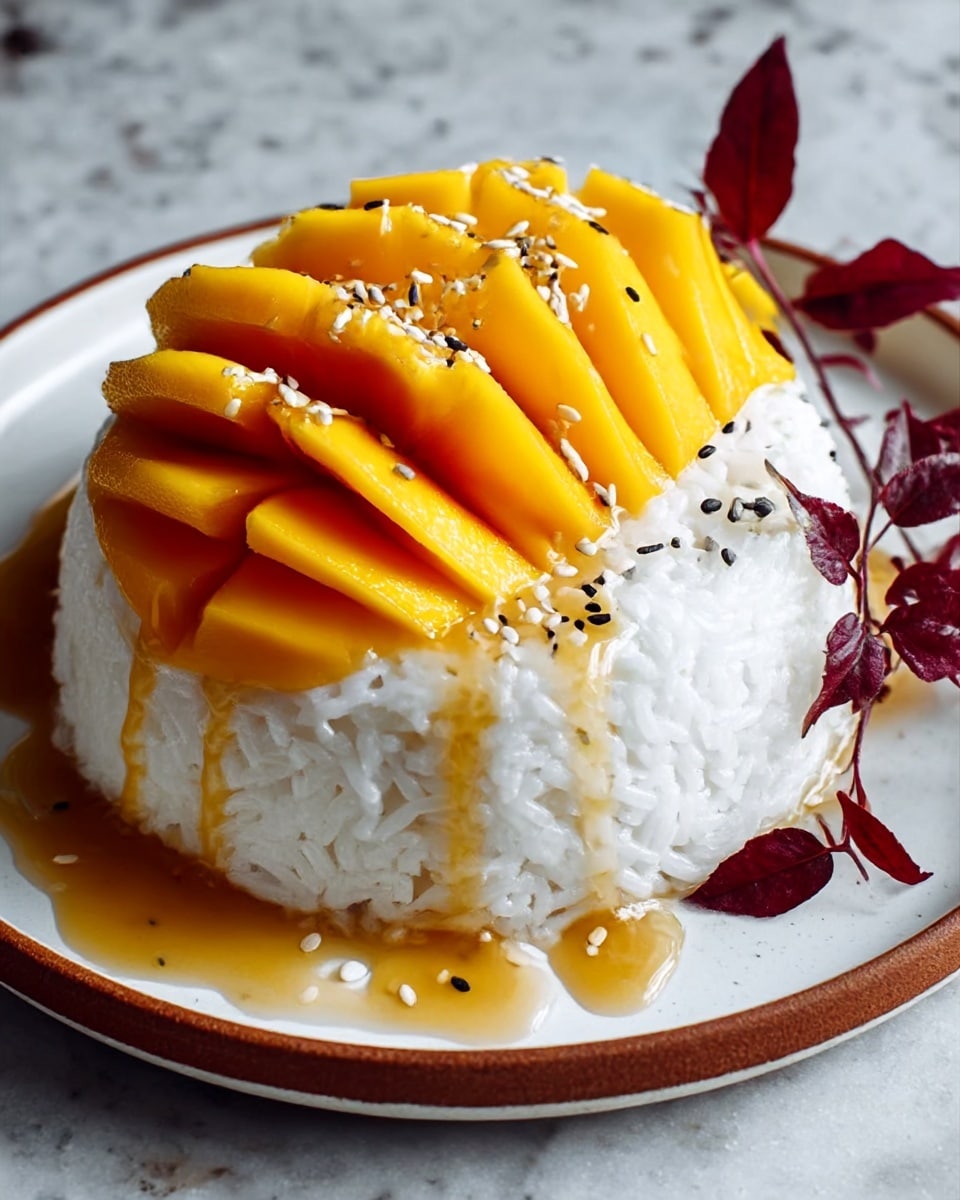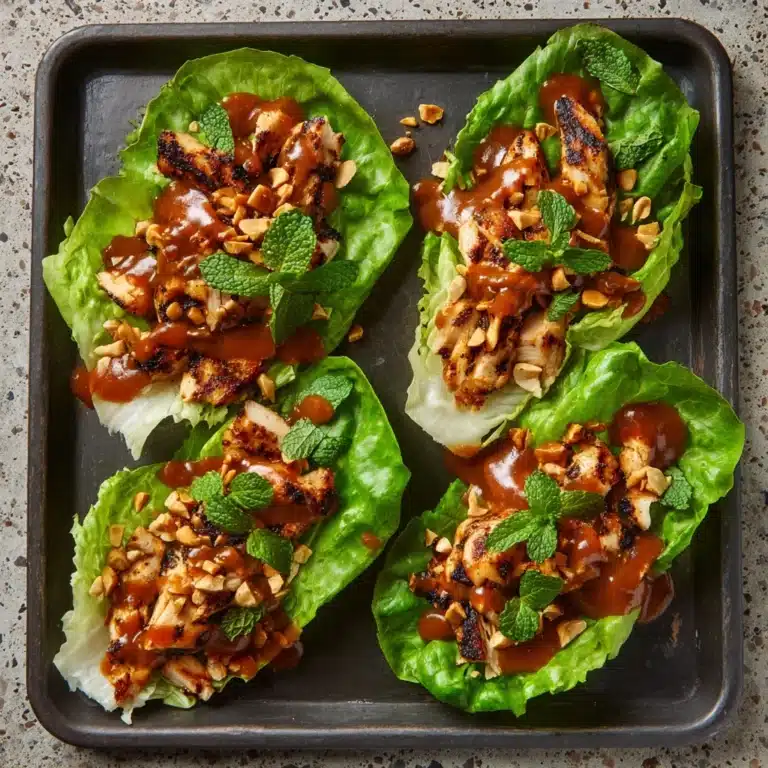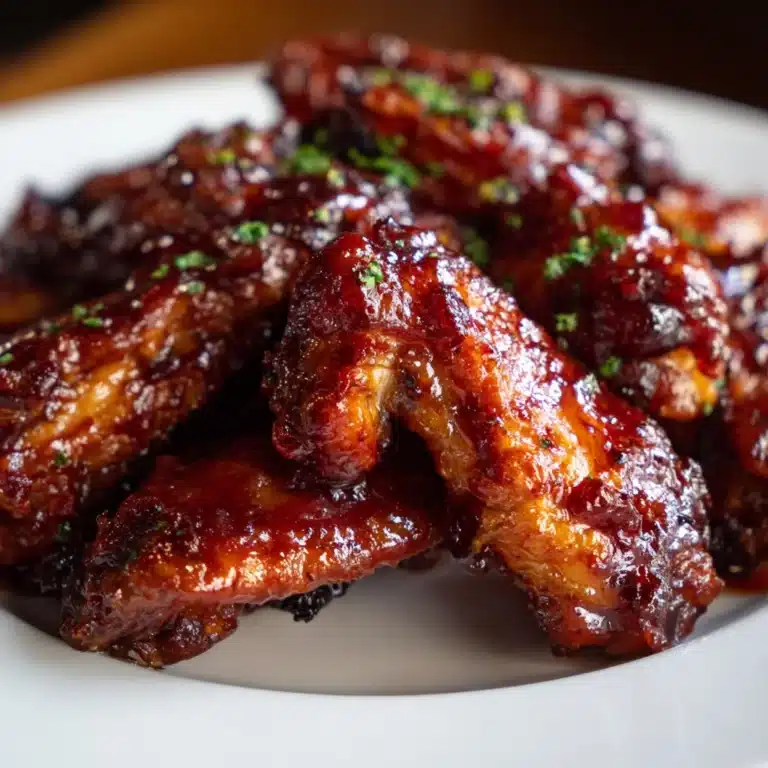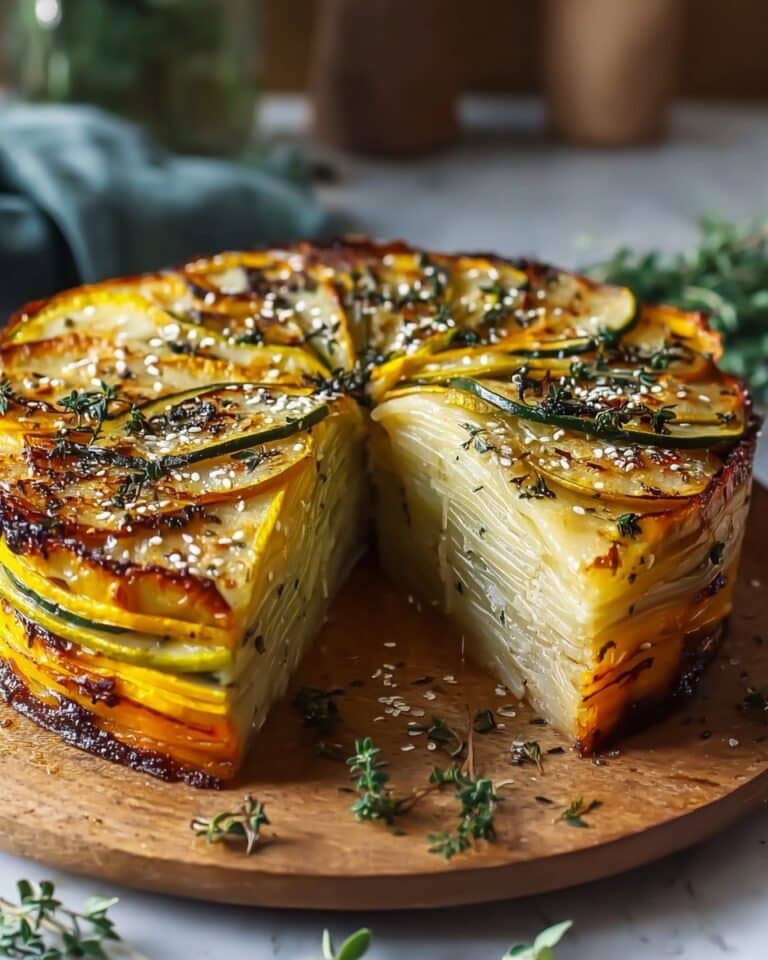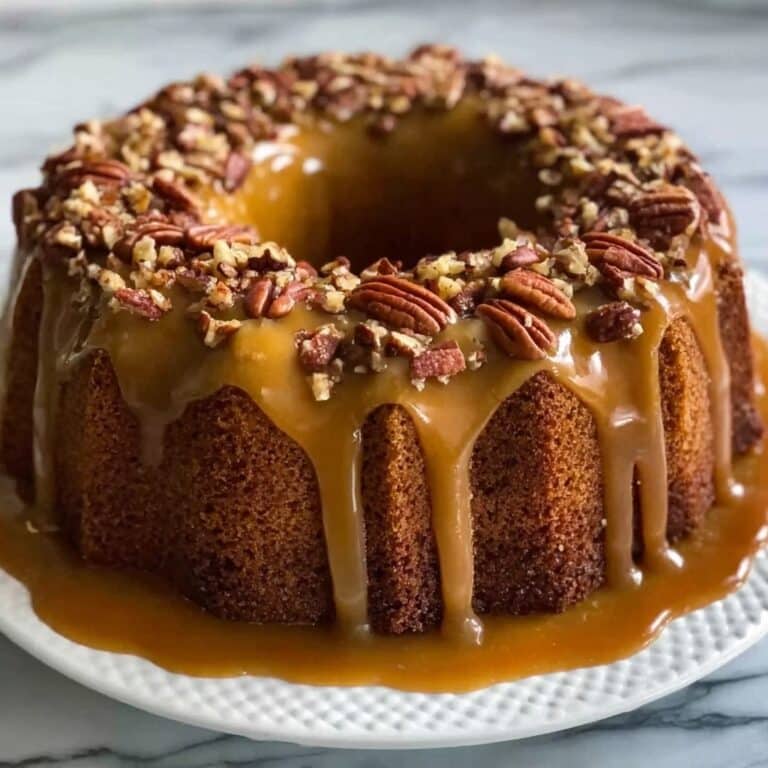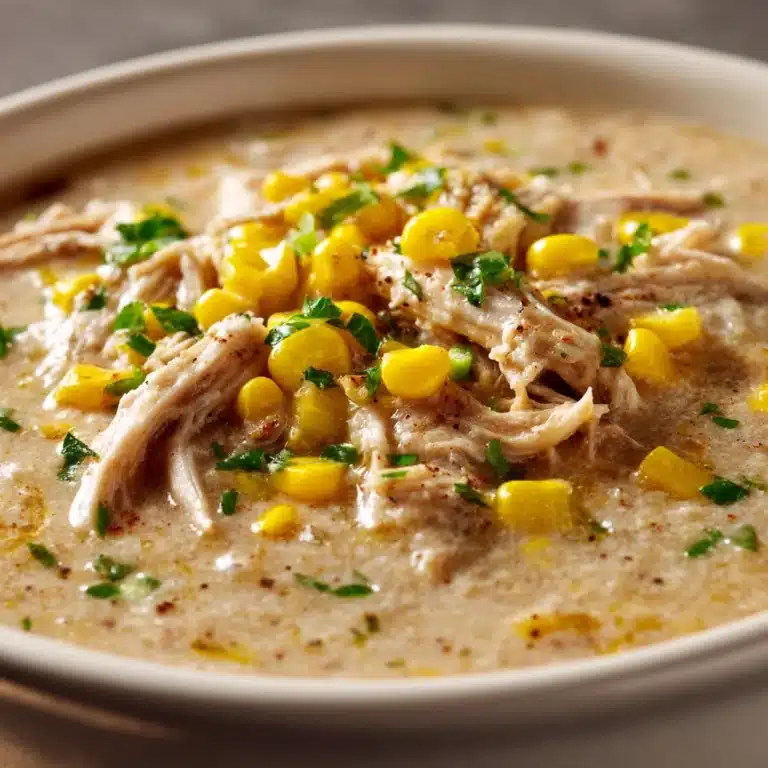If you have a craving for something sweet, tropical, and downright irresistible, let me introduce you to Mango Sticky Rice: The Ultimate Thai Sweet Treat Recipe. This classic dessert combines the creamy richness of coconut-infused sticky rice with the bright, juicy sweetness of ripe mangoes. The subtle saltiness in the coconut milk sauce balances the flavors beautifully, creating a mouthwatering experience that transports you straight to the vibrant streets of Thailand. Whether you’re a seasoned lover of Thai cuisine or a curious newbie, this recipe will quickly become a beloved staple in your kitchen that brings joy to every bite.
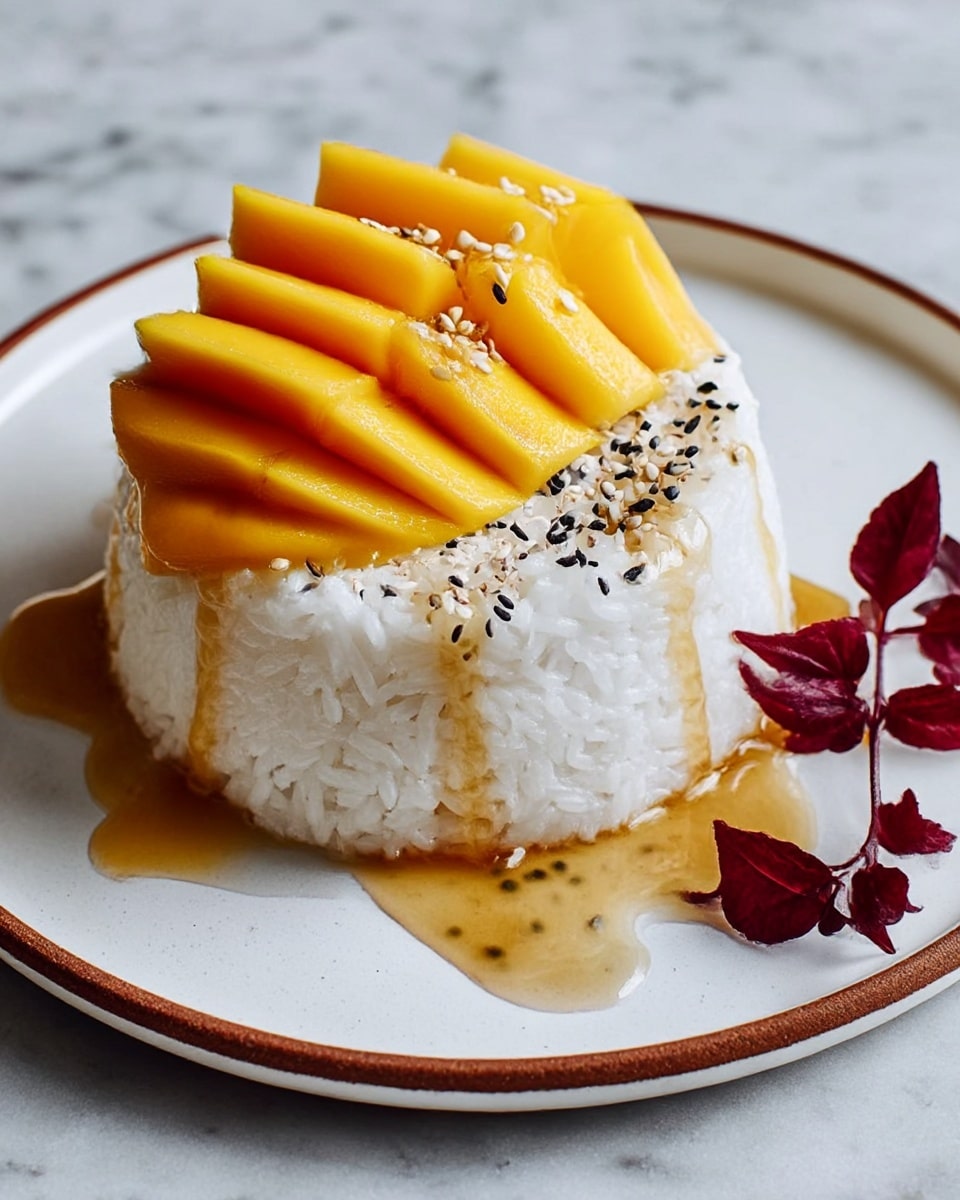
Ingredients You’ll Need
Don’t let the simplicity of this list fool you—each ingredient plays a crucial role in creating the perfect harmony of flavors and textures that make this dessert so memorable. From the sticky rice’s unique chewiness to the luscious coconut milk and sweet mangoes, every component contributes something special to the final dish.
- Glutinous rice (1 ½ cups): This sticky rice provides the chewy, tender base essential for an authentic texture.
- Water for soaking (1 ½ cups): Soaking softens the rice, helping it steam evenly and gently.
- Full-fat coconut milk (1 can, 13.5 oz + ½ can, 6.75 oz): Creamy coconut milk infuses richness and depth in the rice and sauce.
- Salt (½ teaspoon + ¼ teaspoon): Just a pinch enhances all the sweet flavors perfectly.
- Granulated sugar (2 tablespoons + 1 tablespoon): Adds sweetness to balance the coconut’s natural richness.
- Cornstarch (1 teaspoon): Mixed with cold water, it thickens the mango sauce to beautifully coat the dish.
- Cold water (1 tablespoon): For making the cornstarch slurry to ensure a smooth sauce.
- Ripe mangoes (2): Juicy and fragrant, the star ingredient that complements the sticky rice.
- Toasted sesame seeds (optional): Adds a subtle nutty crunch and lovely visual contrast.
How to Make Mango Sticky Rice: The Ultimate Thai Sweet Treat Recipe
Step 1: Soak the Rice for Perfect Tenderness
Begin by placing your glutinous rice in a large bowl and covering it with 1 ½ cups of water. This soaking process is absolutely critical—it softens the grains so they steam evenly instead of turning out hard or unevenly cooked. For best results, let the rice soak for at least four hours or longer overnight in your refrigerator. Trust me, the texture is worth the wait.
Step 2: Drain and Rinse the Rice
Once your rice has soaked, drain it thoroughly using a fine-mesh sieve. Rinse under cold running water until the water runs clear. This step helps remove excess starch, ensuring your sticky rice doesn’t get gummy but stays delightfully tender and chewy.
Step 3: Steam the Rice to Chewy Perfection
Next, line your steamer basket with cheesecloth or parchment paper to prevent the rice from falling through. Spread the drained rice evenly over the basket. Place the steamer over boiling water, making sure the water doesn’t touch the rice, and cover it tightly. Steam for 20 to 25 minutes until the grains look translucent and are just tender when tasted. Keep an eye on the water level during steaming and top it up as necessary for consistent steaming.
Step 4: Prepare the Creamy Coconut Milk Mixture
While the rice is steaming, combine one full can of coconut milk, ½ teaspoon salt, and 2 tablespoons of sugar in a saucepan. Heat it gently over medium heat, stirring to dissolve the sugar and salt, but be careful not to let it boil. This warm coconut milk will soak into the hot rice, making it rich and flavorful.
Step 5: Infuse the Rice with Coconut Goodness
Transfer your freshly steamed sticky rice to a large bowl. Pour the warm coconut milk mixture evenly over it, then gently fold the rice to coat every grain without mashing it. Cover the bowl with plastic wrap or a kitchen towel and let it rest for 30 minutes to absorb all that creamy flavor fully. This resting step elevates the rice from plain to fantastically fragrant and luscious.
Step 6: Whip Up the Mango Sauce
While the rice is soaking up the coconut milk, it’s time to prepare the luscious mango sauce. Combine the remaining ½ can of coconut milk with ¼ teaspoon salt and 1 tablespoon sugar in a saucepan. Bring it to a gentle simmer. Then slowly whisk in a cornstarch slurry (1 teaspoon cornstarch mixed with 1 tablespoon cold water). Keep stirring until the sauce thickens slightly, just enough to coat the back of a spoon. Remove from heat and let it cool slightly.
Step 7: Prepare Your Mangoes
Peel your mangoes, then slice the flesh into thin, even pieces. The ripe mango should be juicy, sweet, and fragrant—the perfect companion to the creamy rice. If mangoes aren’t in season, you might find frozen mango cubes that work reasonably well, but fresh is always best here.
Step 8: Plate and Serve Your Masterpiece
To serve, scoop a generous portion of the sticky rice onto a plate. Neatly arrange the mango slices next to it and drizzle that gorgeous warm mango sauce over the top. For an extra special touch, scatter a few toasted sesame seeds to add a hint of nuttiness and a satisfying crunch.
How to Serve Mango Sticky Rice: The Ultimate Thai Sweet Treat Recipe
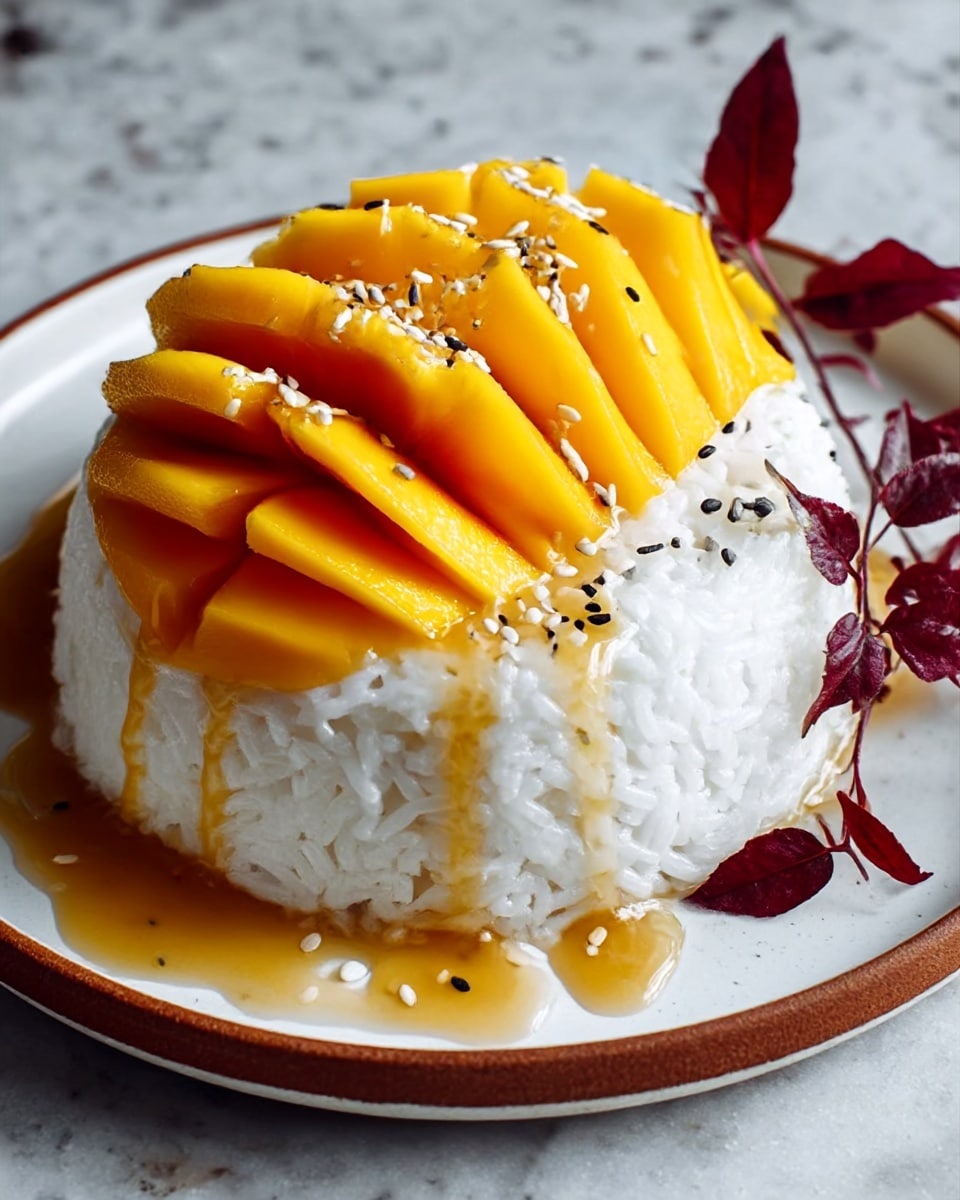
Garnishes
Garnishes can transform this simple dessert into a feast for the eyes and palate. I love sprinkling toasted sesame seeds, which add a lovely texture and subtle richness. Fresh mint leaves also brighten the presentation and add a refreshing contrast to the creamy sweetness.
Side Dishes
This dessert is so rich and flavorful that it pairs wonderfully as a sweet finale to a spicy Thai meal. Consider serving it alongside light mains such as grilled chicken satay or green papaya salad. The cool, creamy mango sticky rice helps balance spicier flavors, cleansing the palate beautifully.
Creative Ways to Present
Want to impress your guests? Serve the sticky rice in small coconut shell bowls or on banana leaves for that authentic Thai vibe. You can also create bite-sized portions in small cups topped with mango slices and sauce for a party-friendly presentation. For a modern twist, try layering the sticky rice, mango, and sauce in a glass to show off all those gorgeous colors.
Make Ahead and Storage
Storing Leftovers
If you happen to have leftovers, store the sticky rice and mango separately in airtight containers in the refrigerator. The rice will last about two days but is best eaten fresh for the ideal texture and flavor. Mangoes will keep another day or two if they are ripe but not overly soft.
Freezing
Freezing isn’t recommended for mango sticky rice as the texture of the sticky rice and mango changes drastically and can become unpleasantly watery or hard. If you must freeze, try to freeze just the rice and consume it within a week—though fresh is always better.
Reheating
When you’re ready to enjoy your leftovers, gently reheat the sticky rice in a microwave at short intervals with a damp paper towel covering it to retain moisture. Avoid reheating the mango or sauce; serve those fresh or at room temperature for the best taste.
FAQs
Can I use regular rice instead of glutinous rice?
Regular rice doesn’t have the sticky, chewy texture central to this dessert. Glutinous rice is essential for that unique mouthfeel, so I recommend sourcing it from Asian markets or online for the authentic experience.
What if I can’t find fresh mangoes? Can I substitute with canned?
Fresh mangoes provide the best flavor and texture for this dish. Canned mangoes are generally softer and less fragrant, which changes the experience significantly. If fresh mangoes aren’t available, frozen mango chunks can be a better substitute than canned.
How do I know when the sticky rice is cooked perfectly?
The rice should appear translucent and be tender but still slightly chewy—not mushy or crunchy. If uncertain, taste a small bite; it should feel soft with a pleasant chewiness characteristic of sticky rice.
Can I make this dessert vegan?
Absolutely! This recipe is naturally vegan since it uses coconut milk instead of dairy. Just be sure to use the full-fat coconut milk for the richest and creamiest results.
Is Mango Sticky Rice served warm or cold?
Traditionally, the sticky rice is served warm or at room temperature with the warm coconut sauce drizzled on top. The mango is served fresh and cool, creating a lovely balance of temperatures in each bite.
Final Thoughts
If you’re ready to savor a dessert that perfectly captures the vibrant, tropical charm of Thailand, you simply have to try Mango Sticky Rice: The Ultimate Thai Sweet Treat Recipe. It’s truly a dish that delights the senses and warms the heart with every spoonful. Once you master this recipe, you’ll find yourself reaching for it again and again, whether to impress guests or treat yourself to a little taste of paradise at home.
Print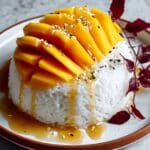
Mango Sticky Rice: The Ultimate Thai Sweet Treat Recipe
- Total Time: 4 hours 45 minutes
- Yield: 6 servings 1x
- Diet: Vegetarian
Description
Mango Sticky Rice is a beloved traditional Thai dessert that combines sweet, creamy coconut-infused sticky rice with ripe, juicy mango slices and a luscious coconut sauce. This recipe guides you step-by-step to achieve the perfect balance of flavors and textures in this iconic tropical treat.
Ingredients
Sticky Rice
- 1 ½ cups glutinous rice (sweet rice), also known as sticky rice
- 1 ½ cups water, for soaking
Coconut Milk Mixture for Rice
- 1 can (13.5 oz) full-fat coconut milk
- ½ teaspoon salt
- 2 tablespoons granulated sugar
Mango Sauce
- ½ can (6.75 oz) full-fat coconut milk
- ¼ teaspoon salt
- 1 tablespoon granulated sugar
- 1 teaspoon cornstarch
- 1 tablespoon cold water
Fresh Fruit & Garnish
- 2 ripe mangoes, peeled and sliced
- Toasted sesame seeds (optional)
Instructions
- Soak the Rice: Place the glutinous rice in a large bowl and add 1 ½ cups of water, making sure the rice is fully submerged. Refrigerate and soak for at least 4 hours or preferably overnight to soften the grains.
- Drain the Rice: After soaking, drain the rice well using a fine-mesh sieve. Rinse it under cold running water until the water runs clear, removing excess starch.
- Steam the Rice: Line a steamer basket with cheesecloth or parchment paper. Spread the drained rice evenly over the basket. Fill the bottom of the steamer with water, ensuring it doesn’t touch the rice, and bring it to a boil over medium-high heat. Cover tightly and steam for 20-25 minutes until the rice is translucent and tender.
- Check for Doneness: Taste a small portion of the rice to ensure it is soft yet slightly chewy without being crunchy. If still firm, continue steaming for another 5-10 minutes.
- Prepare Coconut Milk Mixture for Rice: While the rice steams, combine the full 13.5 oz can of coconut milk, ½ teaspoon salt, and 2 tablespoons sugar in a medium saucepan. Heat over medium heat, stirring occasionally until sugar dissolves and mixture is hot but not boiling.
- Infuse the Rice: Transfer the cooked rice to a large bowl. Pour the warm coconut milk mixture over the rice and gently fold to coat all grains without mashing them. Cover and let the rice rest for at least 30 minutes to absorb the coconut milk.
- Make Mango Sauce: In a small saucepan, mix the remaining 6.75 oz coconut milk, ¼ teaspoon salt, and 1 tablespoon sugar. Stir until the sugar is dissolved.
- Prepare Cornstarch Slurry: In a small bowl, whisk together 1 teaspoon cornstarch and 1 tablespoon cold water until smooth, forming a slurry to thicken the sauce.
- Thicken the Sauce: Heat the coconut milk mixture over medium heat until it simmers gently. Slowly whisk in the cornstarch slurry, stirring continuously to prevent lumps. Simmer for 1-2 minutes until the sauce thickens and coats the back of a spoon. Remove from heat.
- Prepare Mangoes: Peel the mangoes and slice the flesh into thin, even pieces while the rice rests and sauce cools slightly.
- Plate the Dessert: Spoon a generous amount of sticky rice onto plates. Arrange mango slices beside the rice and drizzle warm mango sauce over both.
- Garnish: Optionally sprinkle toasted sesame seeds over the dish and add a sprig of fresh mint for color and additional aroma.
- Serve and Enjoy: Serve immediately for the best texture and flavor experience of this classic Thai dessert.
Notes
- Soaking the rice overnight provides the best texture for sticky rice.
- Ensure the coconut milk mixture does not boil to prevent separation.
- If you don’t have a steamer basket, use a bamboo steamer or a metal colander placed over a pot of boiling water.
- Use ripe, sweet mangoes such as Ataulfo or Kent for optimal flavor.
- To make this dessert vegan, ensure the sugar used is vegan-friendly.
- Prep Time: 4 hours 15 minutes
- Cook Time: 30 minutes
- Category: Dessert
- Method: Steaming
- Cuisine: Thai
